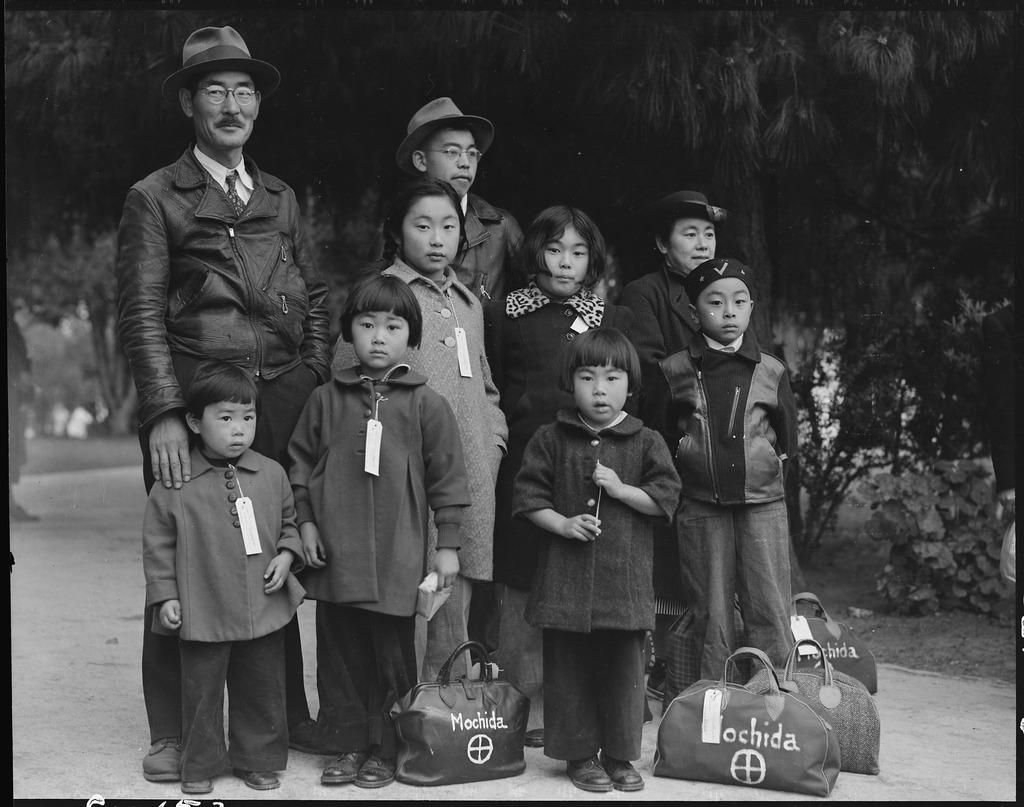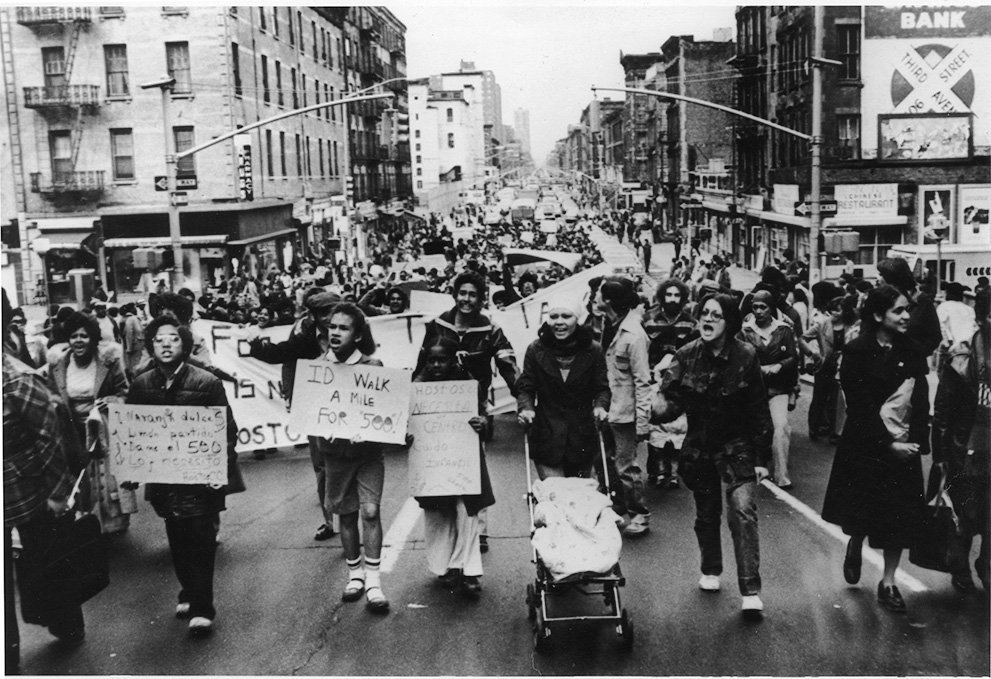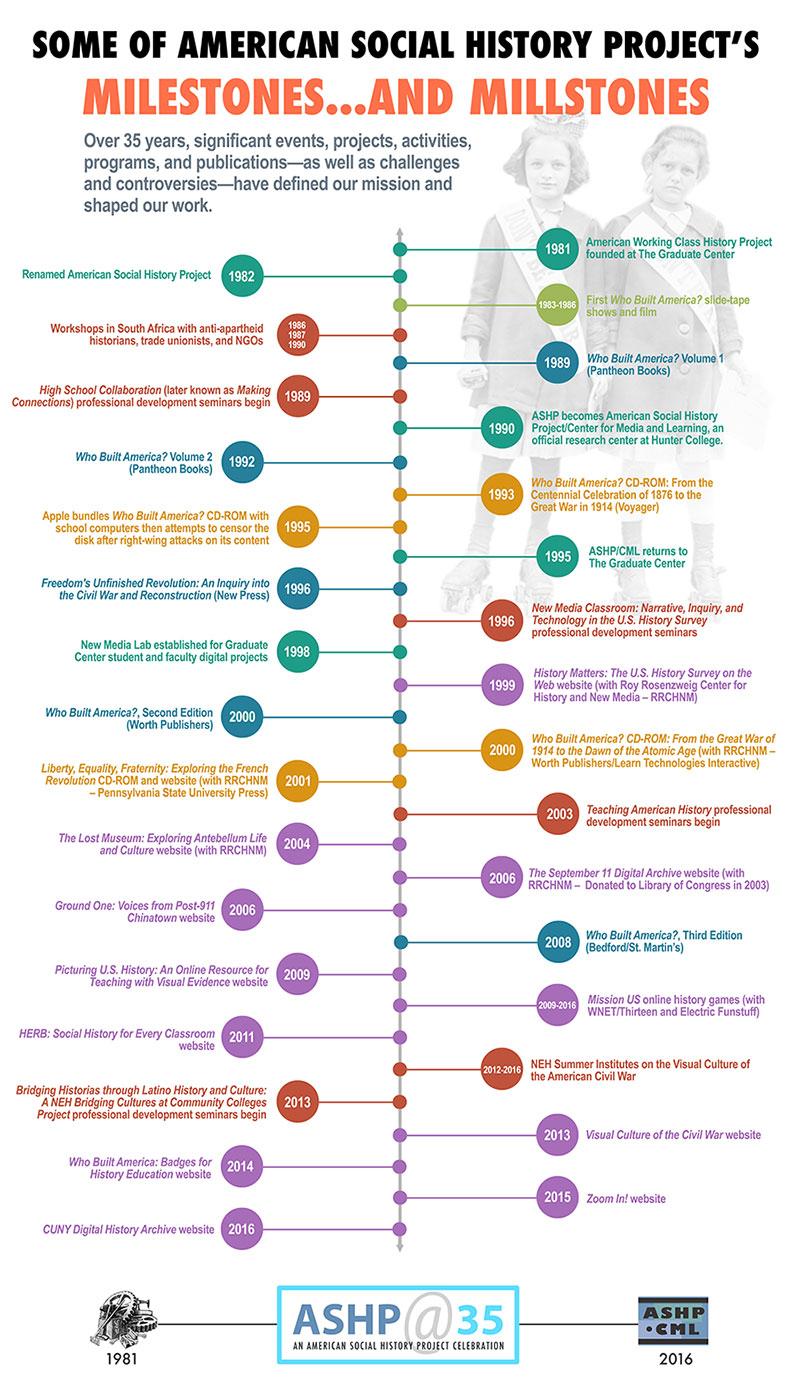ASHP News - March 2017
David Jaffee, 1954-2017
In short, we would not be what we are without David. And what a voluminous listing of his ASHP projects cannot convey is the pleasure of his company, his comradeship, his insights and observations, and the humor and generosity he brought to every endeavor.
The American Antiquarian Society has established a fellowship in his honor, The David Jaffee Fellowship in Visual and Material Culture. The fellowship will support the study and use of visual and material culture in the pursuit of research on all aspects of American history before 1900 by a scholar in residence at AAS.
Presente: Latino-Centered Learning Communities
ASHP/CML is partnering with Bronx Community College, CUNY, on the NEH-sponsored faculty development program, Presente: Latino-Centered Learning Communities. Involving 18 BCC faculty, the 18-month program is designed to deepen and expand the teaching of Latino/a history and culture across the disciplines. The program focuses on two broad themes: citizenship and the law, and racial and gendered identities. Its four areas of activity include a seminar series with guest lecturers—including Harry Franqui Rivera (Centro, Hunter), Miriam Jiménez Román (NYU), Suzanne Oboler (John Jay), and Lauren Thomas (Rutgers)—along with curriculum development mentoring, online reading discussions, and a culminating conference. The goal is to assist faculty in creating three integrated courses around themes in Latino/a history for the college's Learning Community Program (LC). The program is directed by professors Peter Kolozi, Brandi Rima, and Crystal Rodriguez (Kolozi and Rodriguez participated in ASHP's 2013-2015 NEH-sponsored Bridging Historias through Latino History and Culture program.

Production Begins on Mission US #6
February 2017 marked the 75th anniversary of a grim moment in the history of U.S. civil rights. On February 19, 1942 President Franklin D. Roosevelt signed an executive order authorizing the mass incarceration of more than 110,000 Japanese Americans in camps across the United States. The order was the culmination of years of discrimination against people of Japanese ancestry, which escalated after Japan’s attack on Pearl Harbor in December, 1941. Approximately 60 percent of the people incarcerated were American citizens.

With more than one million registered users in classrooms across the country, Mission US has garnered numerous citations and awards—in 2016 alone cited as a Best Learning Game Finalist by Games for Change, winner of the Parents’ Choice Gold Award, and nominated for a Daytime Emmy.
"Save Hostos!" CDHA Collection Now Available
In the introductory essay for the recently completed CUNY Digital History Archive (CDHA) collection “Save Hostos!,” professor emeritus Gerald Meyer states:
From the fall of 1973 until the spring of 1979, Hostos Community College became the site of one of the most prolonged and successful mass movements in New York City during the 1970s. Throughout that five-year period, students, staff, faculty, and members of the community mobilized three massive year-long campaigns.

The CUNY Digital History Archive is an open, digital archive and portal that gives the CUNY community and the broader public online access to a range of materials related to the history of the City University of New York. This project also involves coordination and collaboration with college libraries and archives that house significant historical collections. The CDHA accepts historical materials and records contributed by individuals whose lives, in diverse ways, have shaped, and been shaped, by CUNY. Faculty, staff, and students have fought to sustain CUNY’s democratic mission and one of the goals of the CUNY Digital History Archive is to document and preserve those stories.
Looking at the Past and Future of Public History as ASHP Turns 35

More than 100 people attended the event, which included two round table discussions, a keynote speech, a poster exhibit, and closing reception. ASHP co-founder Stephen Brier, Executive Director Joshua Brown, and Board Chair Carol Groneman welcomed the crowd and provided a brief overview of the organization and its past and current programs. The round table panelists discussed a wide range of issues and challenges facing public historians including the demands of fundraising for collecting, preserving, and presenting the histories of LGBTQ communities; democratization of archival materials through opening family archives or aggregating online community archives; ways to involve the public in the process of making history snd not just consuming it; and illuminating the intersections of history and social justice. Keynote speaker James Grossman, executive director of the American Historical Association, argued that all historians need to become public historians as he examined the commemorative landscape of the Civil War and Jim Crow eras, which too often perpetuates false histories and reinforces racial inequality.
The proceedings of the symposium can be viewed online here.
